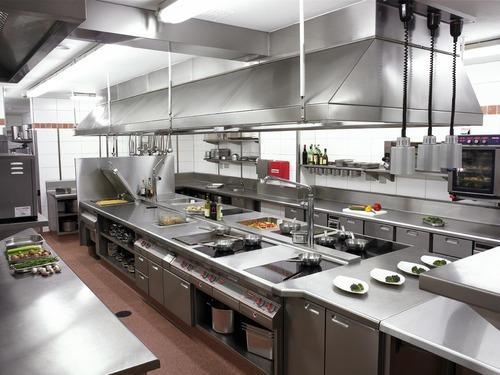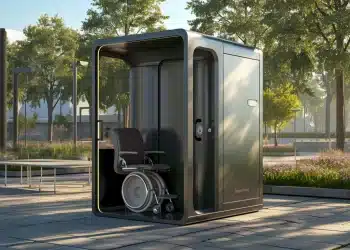Table of Contents
Commercial kitchens can serve as hot spots for bacteria, molds, germs, and other food-borne pathogens if proper cleanliness and maintenance are not observed. Whether it’s a restaurant, school cafeteria, or corporate kitchen, sanitation, and healthy food preparation environment is vital. Therefore, your Melbourne kitchen cleaning should be top-notch for all-round business outcomes.

A commercial kitchen is often judged by the quality of service and food it provides to the customers. You don’t want to put your customers’ health in jeopardy due to unsanitary food practices. This will not only cost you your customers but your business as well.
For you to keep the kitchen clean and well sanitized, prepare a daily, weekly, monthly, and annual schedule for the task. You need to make sure every detail and every nook and cranny is not left unturned. Break down every job into smaller, manageable tasks to allow the kitchen staff time to complete them.
The Food Preparation Area
First off, food preparation areas should be sanitized after every task is completed. Since most commercial kitchen surfaces are made of stainless steel, it is easy to clean and sanitize them. Make sure surfaces such as high shelves, tiled backsplashes, butcher’s blocks, and chopping boards are not overlooked. They should be thoroughly washed and sterilized.
Take out all the items from the countertops and shelves and wipe away any debris or food scraps. Use warm soapy water to scour of dried food. Use industry-grade disinfectant sprays that are food-safe. Use specialized tile cleaners on tiled surfaces.
The Kitchen Equipment
Cleaning commercial kitchen equipment daily will help avoid any buildup of grime and grease, which can affect the quality of food and slow their performance. Things like slicers, blenders, mixers, and grinders have to be disassembled for thorough cleaning and sanitization. Use the manuals to guide you on how to clean them safely.
Wash all the parts thoroughly with hot or warm soapy water to remove any sticky food substances. You can use a high-pressure hose to do this. Avoid abrasive materials and, instead, use antibacterial dish soap in greased areas. Rinse them in hot water and leave them to dry before reassembling them.
The Cooking Area
Commercial cooking areas are often the busiest, and most exposed to oil and grease. They are also difficult to clean with so many hard to reach areas that accumulate food remnants and stains.
The cooking equipment and surfaces should be cleaned and sanitized after every service, while equipment like range hoods and ovens can be cleaned every week. Clean all stovetops and burners immediately after every service to remove spilled food and grease buildup.
Wipe up spills immediately they drop on the surfaces. Remove the top parts of the stoves, including burner plates, covers, drip trays, and metal bowls, and scrub off the grease using steel wool. Use greaser spray to clean their surface. Clean the stove and wall every month using a degreaser.
The Kitchen Floor
Commercial kitchen floors experience the most foot traffic every hour and day. If not well cleaned, they can be a health threat as well. Therefore, you should sweep off all the debris under the benchtops and counters. Use floor cleaners to destroy bacteria and other pathogens.
Conclusion
A commercial kitchen is a very sensitive area that will determine your productivity and success of your business. Make sure all surfaces, equipment, and staff are clean and spotless. Sanitize every area, tools, and equipment accordingly. Use gloves while cleaning; it is hygienic.







